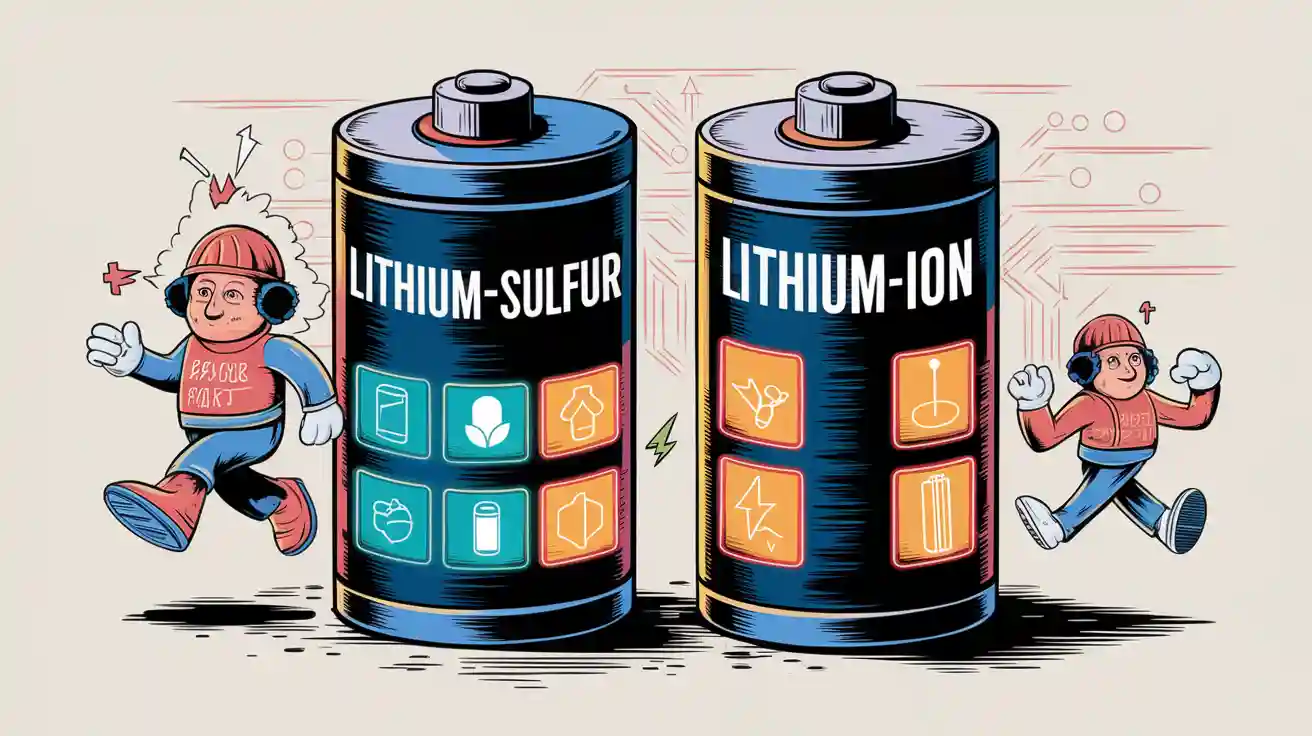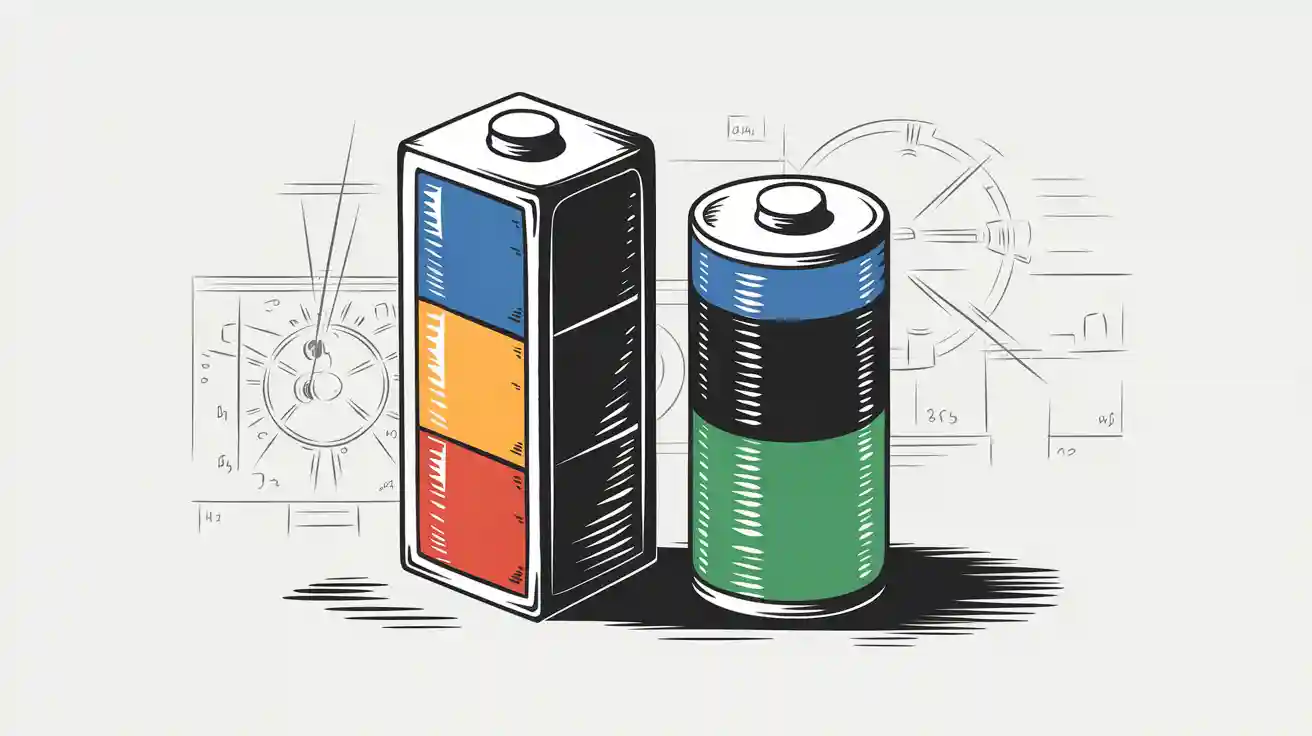Contents
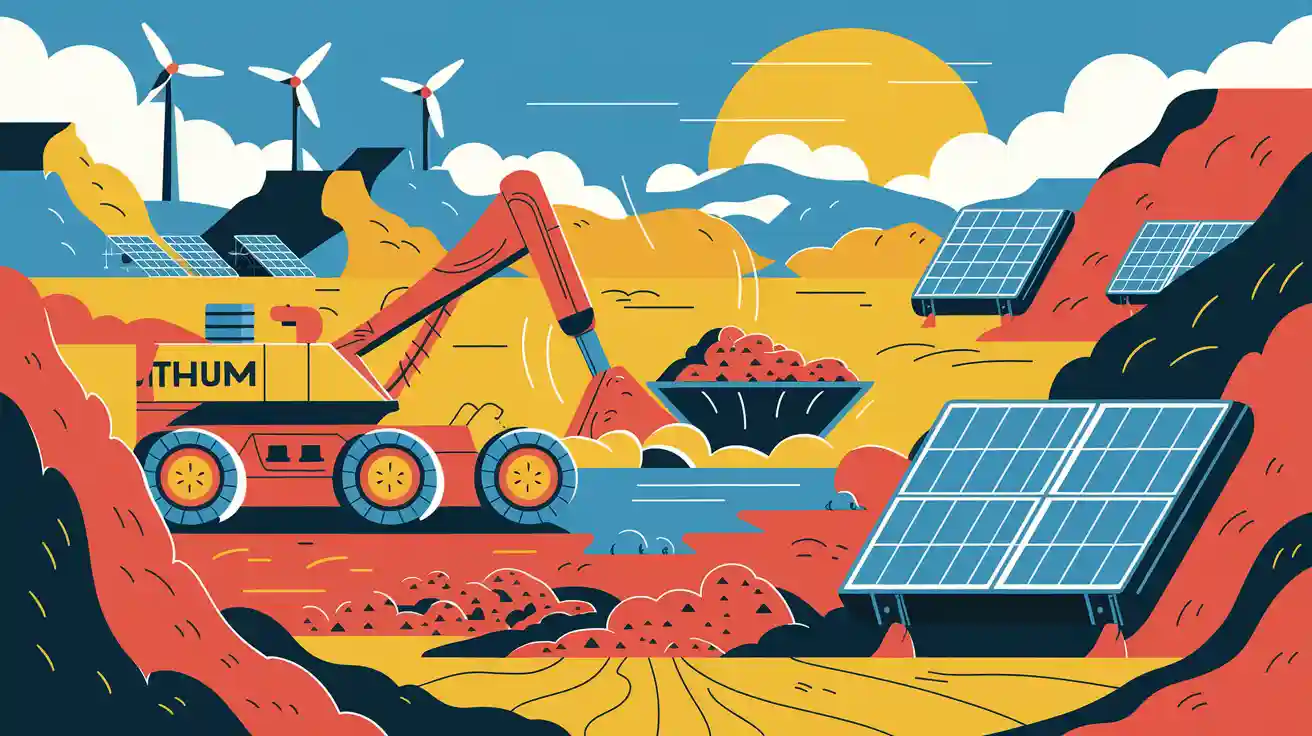
Lithium plays a vital role in powering modern energy systems, from LiFePO4 Lithium batteries to NMC Lithium batteries. Its significance is reflected in the global lithium-ion battery market, which was valued at $5,575.3 million in 2023 and is expected to reach $61,337 million by 2033, driven by a compound annual growth rate (CAGR) of 27.1%. As demand for sustainable energy grows, the mining of lithium has become indispensable. Two primary methods—brine extraction and hard rock mining—form the backbone of the lithium mining process, enabling industries like robotics, medical devices, and infrastructure to thrive.
Key Takeaways
Lithium mining is important for making energy systems work today. It is used in batteries for electric cars and storing renewable energy.
There are two main ways to get lithium: brine extraction and hard rock mining. Each method affects the environment differently and works at different speeds.
New technologies like Direct Lithium Extraction (DLE) can help. They use less water and cause less harm to nature during mining.

Part 1: Methods of Mining Lithium
1.1 Brine Extraction: The Process and Applications
Brine extraction is one of the most widely used methods for lithium mining, particularly in regions with abundant salt-flat brines, such as South America’s Lithium Triangle. This method involves pumping lithium-rich brine from underground reservoirs to the surface, where it undergoes a natural evaporation process in large ponds. Over 12 to 24 months, the water evaporates, leaving behind lithium carbonate and other minerals. The yield from this process typically ranges between 40% and 60%, depending on the brine composition and environmental conditions.
Brine extraction is geographically limited to areas with high concentrations of salt-flat brines. While it is less energy-intensive than hard rock mining, it requires significant amounts of fresh water—up to 500,000 gallons per ton of lithium. This high water usage can strain local ecosystems, particularly in arid regions. However, advancements like Direct Lithium Extraction (DLE) are revolutionizing the process. DLE reduces the extraction time to as little as two weeks and allows for up to 90% water recycling, significantly lowering the environmental impact.
Applications of Brine-Extracted Lithium
Lithium sourced from brine extraction is primarily used in LiFePO4 Lithium batteries and NMC Lithium batteries, which power industries like robotics, medical devices, and infrastructure. These batteries are essential for applications requiring high energy density and long cycle life, such as electric vehicles and renewable energy storage systems. The lower carbon footprint of brine-extracted lithium makes it a preferred choice for companies prioritizing sustainability.
Note: While brine extraction has a smaller carbon footprint (11 tons of CO2 per ton of lithium) compared to hard rock mining, it still requires careful management to mitigate its impact on local water resources. For more on sustainable practices, visit Sustainability at Large Power.
1.2 Hard Rock Mining: Techniques and Use Cases
Hard rock mining is another primary method for lithium extraction, accounting for approximately 50% of the global lithium supply. This method involves extracting lithium-containing spodumene ore from open-pit or underground mines. The ore is then crushed, heated, and chemically treated to produce lithium concentrate. While this process is more energy-intensive than brine extraction, it offers higher production rates and is not geographically constrained.
Key Techniques in Hard Rock Mining
Drilling and Blasting: Miners use explosives to break apart the rock, making it easier to extract spodumene ore.
Crushing and Grinding: The ore is crushed into smaller particles to facilitate chemical processing.
Chemical Processing: The crushed ore undergoes a series of chemical treatments to isolate lithium concentrate.
Hard rock mining is more competitive in meeting the growing demand for lithium. In 2019, the average total cash cost for hard rock mining was $2,540 per ton of lithium carbonate equivalent (LCE), significantly lower than the $5,580 per ton for brine operations. However, the carbon intensity of hard rock mining is three times higher than that of brine extraction, primarily due to its reliance on energy-intensive processes and electrical grids.
Use Cases for Hard Rock Lithium
Lithium from hard rock mining is widely used in high-performance batteries, including NMC Lithium batteries and LCO Lithium batteries. These batteries are critical for industrial applications, consumer electronics, and security systems. For example, NMC Lithium batteries, with an energy density of 160–270 Wh/kg and a cycle life of 1,000–2,000 cycles, are ideal for electric vehicles and grid storage solutions.
Aspect | Brine Extraction | Hard Rock Mining |
|---|---|---|
Water Usage | Up to 50 cubic meters of fresh water per ton of lithium carbonate | About 500,000 gallons per ton of lithium |
Waste Generation | 115,041 kg of waste per ton of lithium carbonate | Mine tailings negatively impact local water supplies |
Efficiency | 90% of brine water is recycled | Less efficient in water usage |
Tip: Companies looking to reduce their carbon footprint should consider sourcing lithium from brine extraction or adopting innovative technologies like DLE. For custom battery solutions tailored to your sustainability goals, explore Large Power’s offerings.
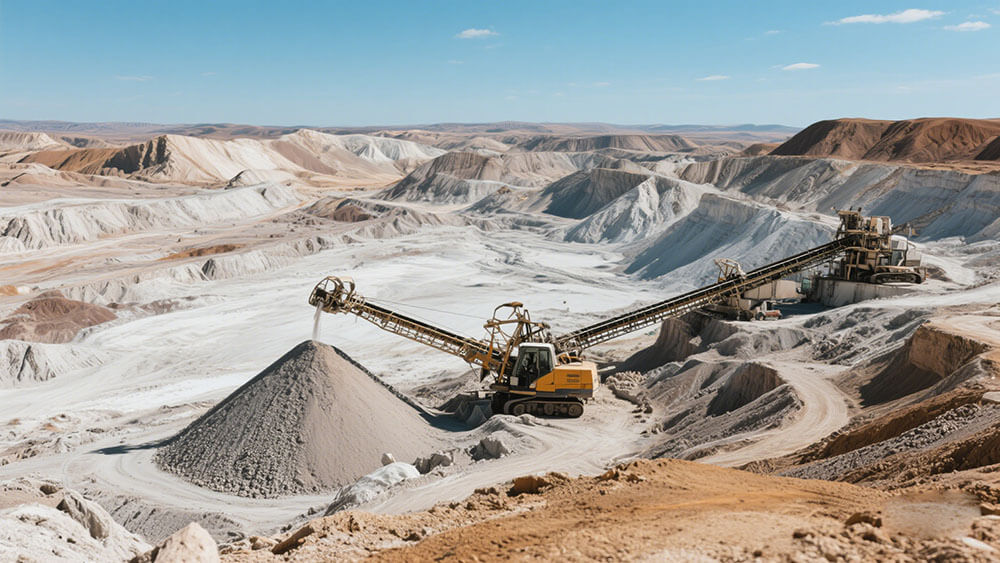
Part 2: Environmental and Social Impacts of the Lithium Mining Process
2.1 Water Usage and Its Effects on Local Ecosystems
Water plays a critical role in the lithium mining process, particularly in brine extraction. However, the extensive water requirements of this method often lead to significant ecological challenges. For instance, brine extraction in regions like Salar de Uyuni and Salar de Atacama involves pumping saltwater to the surface, which can deplete local aquifers and contaminate water sources with toxic metals. This contamination poses risks to both human populations and biodiversity.
Key Environmental Statistics:
Traditional mining methods consume large amounts of energy for drilling, blasting, and crushing.
Brine extraction requires energy for pumping and evaporation, reducing its environmental benefits.
Massive quantities of fresh water are diverted for lithium mining operations, impacting local communities and wildlife.
The table below highlights lithium concentrations in various locations, illustrating the potential for water contamination:
The diversion of water for lithium mining has far-reaching consequences. In Chile, two flamingo species are now endangered due to habitat disruption caused by water scarcity. Additionally, contaminants like sulfuric acid and sodium hydroxide used in the extraction process poison ecosystems, threatening both flora and fauna.
Tip: Companies can mitigate these impacts by adopting innovative technologies like Direct Lithium Extraction (DLE), which recycles up to 90% of water. For sustainable energy solutions, explore Large Power’s custom battery offerings.
2.2 Habitat Destruction and Biodiversity Concerns
The expansion of lithium mines often leads to habitat destruction, threatening local biodiversity. In the Jadar Valley, Serbia, exploratory drilling for lithium has already caused environmental damage. Elevated levels of boron, arsenic, and lithium have been detected in nearby rivers, while soil samples show repeated breaches of remediation limits. These issues not only affect surface and underground water quality but also disrupt ecosystems that rely on these resources.
Biodiversity at Risk:
Tailings ponds and wastewater from lithium mining operations can contaminate surrounding habitats.
Agricultural resources and local communities face challenges due to soil and water degradation.
Research indicates that lithium mining in sensitive areas can lead to the extinction of endemic species.
The destruction of habitats has a cascading effect on industries like agriculture and infrastructure, which depend on stable ecosystems. For example, contaminated water sources can reduce crop yields, impacting food security and local economies.
Note: Sustainable practices in lithium mining are essential to preserving biodiversity. Learn more about sustainability initiatives at Large Power.
2.3 Social and Community Impacts of Lithium Mines
The social implications of lithium mining are as significant as its environmental effects. In the Atacama region of Chile, lithium mining has led to a paradoxical situation. While mining employment increased by 250%, local employment decreased by 16% between 2012 and 2017. This decline highlights a reliance on long-distance workers, reducing opportunities for local communities.
Key Social Statistics:
The proportion of local labor in mining dropped from 52% to 18% during the same period.
Agriculture, which provides 78%–85% of local jobs, faces significant challenges due to water scarcity caused by mining.
Lithium mining operations often prioritize economic gains over community welfare. The diversion of water resources for mining disrupts traditional livelihoods, particularly in agriculture. This shift not only affects local economies but also exacerbates social inequalities.
Call to Action: Partnering with companies that prioritize ethical sourcing and community engagement can help address these challenges. For conflict-free lithium solutions, refer to Large Power’s Conflict Minerals Statement.
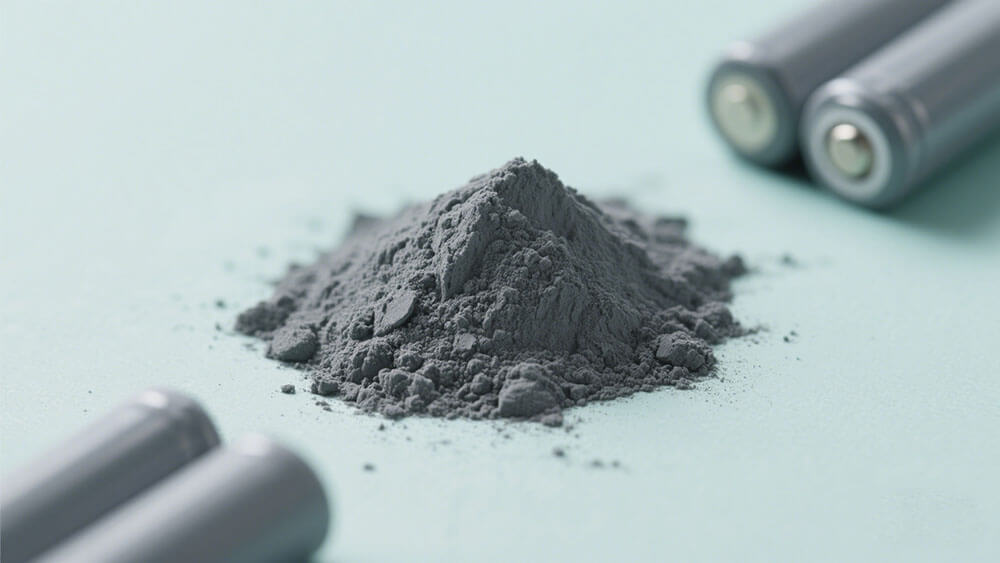
Part 3: Sustainable Practices in Lithium Mining
3.1 Direct Lithium Extraction (DLE) as a Game-Changer
Direct Lithium Extraction (DLE) represents a transformative approach in the lithium mining process. Unlike traditional methods, DLE eliminates the need for evaporation ponds, significantly reducing environmental disruption. This technology operates on renewable energy and achieves 99% selectivity, ensuring high-purity lithium suitable for LiFePO4 Lithium batteries and NMC Lithium batteries. Additionally, DLE recycles up to 98% of input water, addressing one of the most pressing concerns in lithium extraction.
Key Features of DLE Technology:
Energy consumption is only 10% of traditional methods, requiring just 1.1 kWh/kgLi.
Continuous operation has been demonstrated for over 100 hours.
Produces battery-grade lithium hydroxide in a single step, making it scalable for various sources, including recycled materials.
Feature | Details |
|---|---|
Energy Requirement | 1.1 kWh/kgLi |
Water Recycling | 98% |
Yield | Over 83% lithium carbonate |
Commercialization Potential | Low-cost, carbon-negative technology |
By adopting DLE, industries can secure a sustainable lithium supply while minimizing ecological impact. For custom battery solutions tailored to your sustainability goals, explore Large Power’s offerings.
3.2 Recycling Lithium from Batteries to Reduce Demand
Recycling lithium from used batteries offers a sustainable alternative to traditional mining of lithium. Companies like Li-Cycle have developed processes that recover up to 95% of key materials, including lithium, nickel, and cobalt. This approach not only reduces reliance on finite resources but also offsets significant CO2, SOx, and NOx emissions compared to conventional mining.
Benefits of Lithium Recycling:
Offsets CO2 emissions by 40–67% per ton of battery input.
Produces no wastewater and minimal solid waste.
Reduces the cost of lithium by approximately 30% compared to newly mined lithium.
Recycling also supports industries like robotics, medical devices, and consumer electronics by providing a cost-effective and environmentally friendly source of lithium. By integrating recycled lithium into your supply chain, you can enhance sustainability while meeting performance demands.
3.3 Innovations in Reducing the Carbon Footprint of Lithium Mining
Innovative technologies are reshaping the lithium mining process to reduce its carbon footprint. For instance, Lithium Americas is pioneering methods to extract lithium from clay while capturing and storing carbon dioxide produced during the process. These techniques utilize the minerology of mining sites to sequester carbon in tailings and waste materials, significantly lowering emissions.
Key Innovations:
Carbon-negative technology for producing battery-grade lithium carbonate.
Chemical and physical sequestration methods integrated into mining operations.
Collaboration with research institutions to enhance sustainability.
These advancements align with the growing demand for eco-friendly lithium-ion batteries, which power critical applications in infrastructure, industrial systems, and security systems.
The mining of lithium drives the production of advanced battery systems like LiFePO4 and NMC, which power industries such as medical devices, robotics, and infrastructure. You can address environmental and social challenges by adopting sustainable practices and innovative technologies. Large Power offers custom battery solutions to support your transition to sustainable energy systems. Explore Large Power offerings.
FAQ
1. How does lithium mining support sustainable energy systems?
Lithium mining provides essential materials for LiFePO4 and NMC Lithium batteries, which power renewable energy storage, electric vehicles, and industries like robotics and medical devices.
2. What makes Direct Lithium Extraction (DLE) more sustainable?
DLE reduces water usage by recycling up to 98% of input water. It also minimizes environmental disruption by eliminating evaporation ponds and using renewable energy.
3. Why choose Large Power for custom battery solutions?
Large Power offers tailored battery solutions designed for industries like medical, robotics, and infrastructure. Their commitment to sustainability ensures ethical and efficient energy systems.
Call to Action: Explore custom solutions at Large Power.


